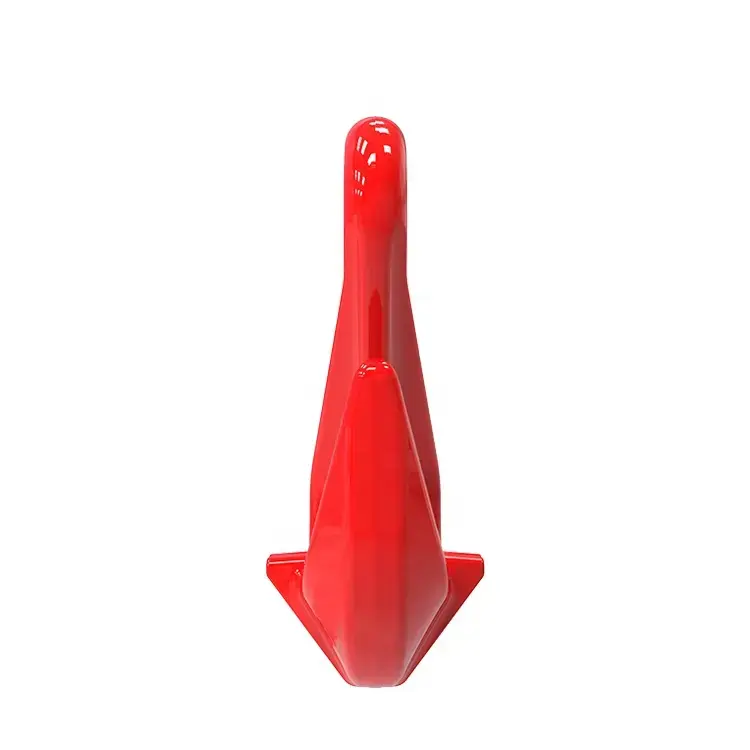News
Nov . 06, 2024 14:59 Back to list
Exploring Different Varieties of Shackles for Industrial Applications and Safety Solutions
Understanding the Types of Shackles A Comprehensive Guide for Industries
Shackles are vital components in various industries, playing a critical role in lifting, rigging, and securing loads. They are designed to connect two or more components and are typically used in conjunction with chains, ropes, and other equipment. This article explores the different types of shackles, their functions, and applications, helping you to choose the right type for your needs.
What is a Shackle?
A shackle is a U-shaped device with a pin or bolt across the open end, commonly made of steel or other high-strength materials. They come in various designs and sizes, catering to different lifting and securing tasks. Shackles are widely employed in industries such as construction, shipping, and aviation, where safety and reliability are paramount.
1. Types of Shackles
a. Bow Shackles
Bow shackles are characterized by their rounded shape and are often used in general rigging and lifting applications. Their design allows for the attachment of multiple components, making them versatile and suitable for various scenarios. Bow shackles are typically used in situations where load distribution is essential, such as lifting heavy equipment or securing cargo.
b. Dee Shackles
Dee shackles, as the name suggests, have a D-shaped profile. Their design makes them more suitable for applications where space is limited. Dee shackles are widely used in marine environments and for hiking, where a compact connection is crucial. They are also prevalent in lifting operations when a straightforward and secure attachment is needed.
Screw pin shackles feature a pin that is threaded and removes easily, allowing for quick assembly and disassembly. They are particularly useful in situations where shackles need to be frequently installed and removed. Screw pin shackles are used in various applications, including towing, rigging setups, and marine environments, where convenience and efficiency are priorities.
d. Bolt Type Shackles
Bolt type shackles are equipped with a bolt and nut, ensuring a secure connection that resists accidental opening. This design makes them ideal for high-load applications and situations where safety is paramount. Bolt-type shackles are often found in construction, industrial rigging, and heavy lifting tasks.
types of shackles company

e. Safety Shackles
Safety shackles incorporate locking mechanisms that prevent accidental opening, providing an added layer of security. These shackles are essential in high-risk environments, where the integrity of the connection is critical. They are commonly used in construction, marine applications, and lifting operations involving high-value or hazardous materials.
2. Material and Strength Considerations
Shackles are typically made from steel, specifically carbon steel or alloy steel, which provides exceptional strength and durability. When selecting a shackle, it’s crucial to consider the load capacity, which is usually indicated by a working load limit (WLL). Ensure you choose a shackle that can handle the expected load with a safety margin to account for dynamic loads and wear over time.
3. Applications Across Industries
a. Construction and Engineering
In the construction sector, shackles are used extensively for lifting heavy materials, securing loads during transportation, and connecting rigging equipment. Their robust nature and adaptability make them a staple for construction crews.
b. Marine and Shipping
In maritime industries, shackles are critical for securing cargo and rigging sails. Their ability to withstand harsh environmental conditions, such as saltwater, makes them essential for marine applications.
c. Outdoor Recreation
Shackles are also popular in outdoor activities such as climbing, hiking, and camping. They are used for constructing anchors, rigging lines, and securing gear, ensuring safety and reliability.
Conclusion
Understanding the types of shackles and their specific applications can greatly enhance safety and efficiency in various operations. By considering the nature of the task, the required load capacity, and the environment in which the shackle will be used, one can select the appropriate type of shackle to ensure secure and reliable connections. Whether in construction, marine applications, or outdoor adventures, shackles remain indispensable tools for connecting and securing loads effectively.
